| Country | |
|---|---|
| City | |
| Hotel | |
| Visa | |
| Translator | |
| Transfer | |
| Stay at Hospital | |
| Hospitalization | 2 overnight stay at ICU +3 overnight stay at part |
| Language | |
| Insurance | |
| Stay at Hotel | |
| City Tour |
| No. | Hospital stays for 1 night | Costs |
|---|---|---|
| 1 | Double room | 100$ |
| 2 | One Bedroom | 125$ |
| 3 | CCU | 160$ |
| 4 | ICU | 250$ |
| 5 | Companion | 15$ |
From: 2,800.00$
From: 2,800.00$
Embark on a transformative journey with our exceptional range of medical treatments. As a leading medical tour operator, we offer a comprehensive selection of world-class treatments and procedures to address your unique healthcare needs. From advanced surgeries to cutting-edge therapies, our team of experienced professionals is dedicated to providing top-notch care and ensuring your comfort and satisfaction. Discover a new level of healthcare excellence with our tailored treatment options. Book now to start your journey towards a healthier and happier you.
CABG + AVR stands for Coronary Artery Bypass Grafting (CABG) and Aortic Valve Replacement (AVR). This combined procedure is performed to treat both coronary artery disease and aortic valve disease simultaneously. However, it seems you are asking about CABG + AVR without heart valve replacement, which might be a misunderstanding since AVR inherently involves replacing the aortic valve. I’ll provide information on the combined CABG + AVR procedure.
CABG + AVR is a complex surgery that addresses both blocked coronary arteries and a malfunctioning aortic valve. It is typically performed when both conditions are present and need to be treated simultaneously to improve heart function and patient outcomes.
CABG + AVR is a significant surgical procedure that can greatly improve the quality of life for patients with severe heart conditions.
| Country | |
|---|---|
| City | |
| Hotel | |
| Visa | |
| Translator | |
| Transfer | |
| Stay at Hospital | |
| Hospitalization | 2 overnight stay at ICU +3 overnight stay at part |
| Language | |
| Insurance | |
| Stay at Hotel | |
| City Tour |
Only logged in customers who have purchased this product may leave a review.
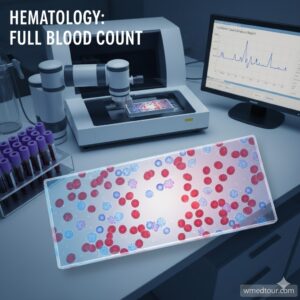
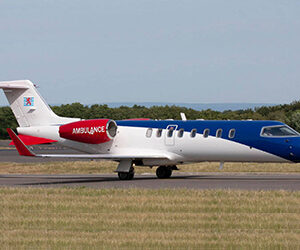
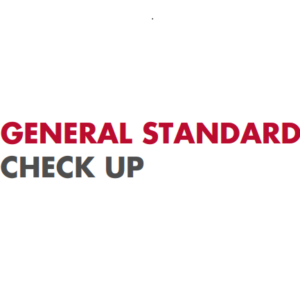
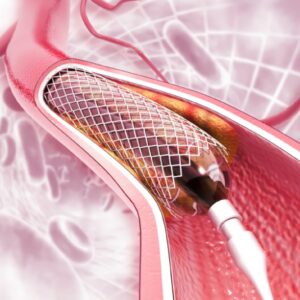

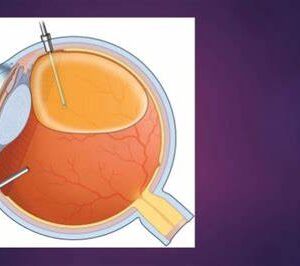
Reviews
There are no reviews yet.